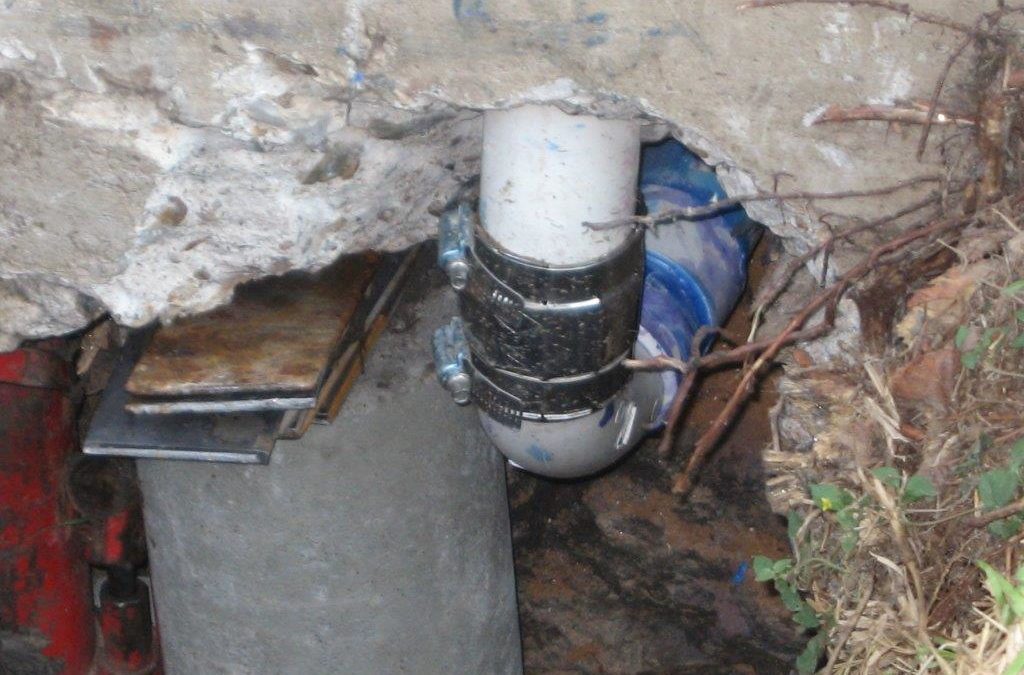Hydrostatic Tests determine if there is a leak under a house or building in the sewer line system. If the system leaks, an Isolation test is performed to ‘isolate’ where the leaks are located.
Hydrostatic Testing is a very common procedure – a large majority of older homes have cast iron sewer pipes under the slab of the house and over time, these pipes can deteriorate to leak.
What is a sewer line system under a house? When all plumbing water and sewage for a house exit at one spot or location, you have a one-system house. Sometimes a house is designed so the plumbing exits the house in more than one location. This means the house has two (2) plumbing systems or maybe even three (3) or more systems.
Hydrostatic Testing Procedures
- To perform thorough Hydrostatic testing at a house, all systems must be tested. The technicians must set up their equipment and camera for each system. This takes additional time and monitoring, and that is why there are additional costs to perform Hydrostatic testing on all systems.
- During the initial test (Hydrostatic), Church Foundation Repair’s crew prepares to fill the sewer lines under the residence with water. We first insert and use an inflatable test ball/plug at the exterior of the residence where the sewer line exits the house. This test ball prevents any water from exiting the under slab piping once filled.
- If the sewer lines can be filled with water and hold the water for typically 10 to 20 minutes – then the test has passed and the sewer lines are intact. If the sewer lines are unable to fill or they lose water once filled, then a leak exists.
- After leaking is determined from the Hydrostatic Test, an Isolation Test is the next step to determine where the leak(s) exist.
- During a Hydrostatic Test, some other details that can be observed by our camera system is the type of pipe in use (concrete, PVC, Cast Iron), if there are roots or obstructions in the lines, and if there are low spots holding water. If a sewer line is holding water, this is often referred to as a “belly in the line.”
Isolation Testing Procedures
- The Isolation Test is done by utilizing an inflatable test ball/plug, maneuvered throughout the sewer lines, with the help of a camera, to isolate and identify the locations of the leak(s).
- This test can often be conducted the same day as the Hydrostatic Test as the schedule allows, or it may have to be scheduled for a different day.
- Once an initial specific leak location is found, it is documented and the rest of the system is then checked for additional leaks. Our technician will continue to test all sewer line branches and all fixtures to locate all the leaks. When all of the leaks are isolated or the system cannot be isolated further (lack of roof vent or due to the configuration of the system) then the technician will move on to additional systems if present.
- Once all the testing is completed, the technicians draw a sketch of the house, indicate the layout of the drain lines, and the location of the leak(s).
- The information is brought to the Division staff at Church Foundation Repair.
- The Division staff prepares a report, drawings and proposal for the repair and provides those to the customer, usually the next day after the test.

